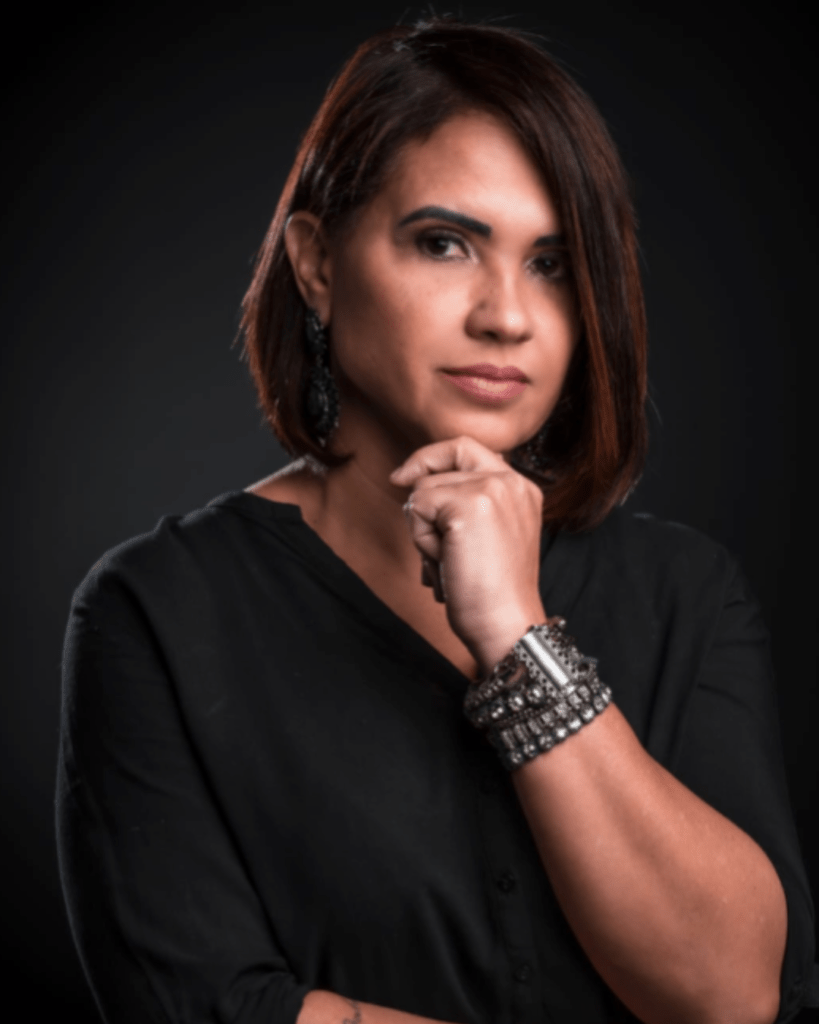-
diallant publicou uma atualização 3 anos, 6 meses atrás
The state of inhibited cells in suspension culture was examined by dispersing them in a methyl cellulose gel, in vessels lined with agar. In this system aggregation is prevented and the cells may be recovered quantitatively. Normal, as well as transformed, cells increase in size, and a proportion synthetize DNA during the first 24 hours in suspension culture. Growth and DNA synthesis in normal cells then virtually cease, while transformed cells continue to grow into colonies. The stationary normal cells remain competent for further growth for at least a week in suspension. When such cells are allowed to attach to a rigid surface in the presence of colchicine, DNA synthesis occurs and is followed by mitosis. These results indicate that suspended cells are blocked between mitosis and the end of the S phase of the cycle.
Anchorage Classification
To anchor is to hold or resist the movement of an object; anchorage is the gaining of that hold. In orthodontics, terms such as “critical anchorage”, “noncritical anchorage”, or “burning anchorage” are often used to describe the degree of difficulty of space closure. Anchorage may be defined as the amount of movement of the posterior teeth (molars, premolars) to close the extraction space (Fig. 10-1A) in order to achieve selected treatment goals. Therefore, the barrier anchorage needs of an individual treatment plan could vary from absolutely no permitted mesial movement of the molars/premolars (or even distal movement of the molars required) to complete space closure by protraction of the posterior teeth.

MENTORA ELIENAI PEREIRA
Especialista em Liderança Executiva
Diretora Executiva Supra Alimentos, Palestrante, Master Trainer empresarial, formada em Teologia, Direito, MBA em Gestão de Vendas pela FGV, Especialização em Liderança e Negócios pela Harvard Business School – EUA, Liderança e Coaching pelo College Business da Universidade de Ohio – EUA, MBA em Desenvolvimento Humano, Especialista em inteligência emocional, Hipnoterapeuta e Master em Programação Neurolinguística.





